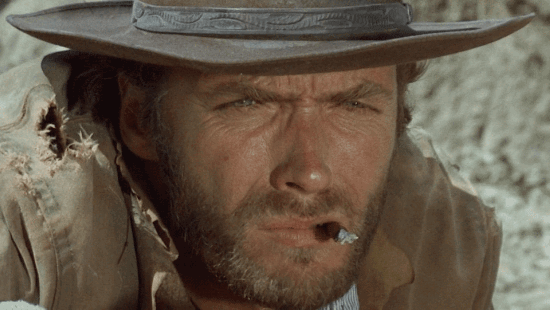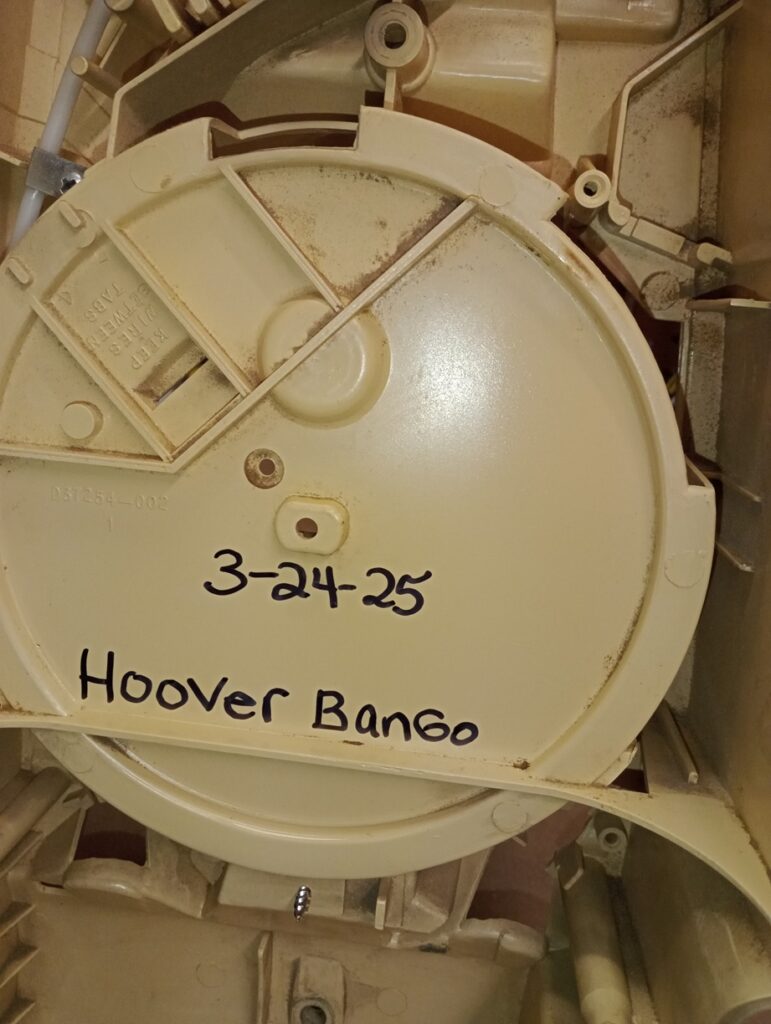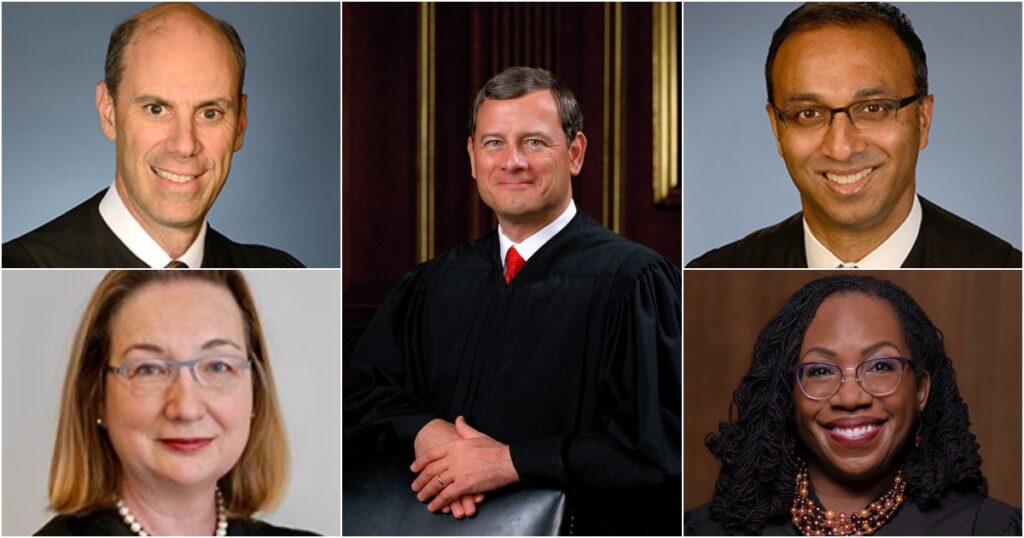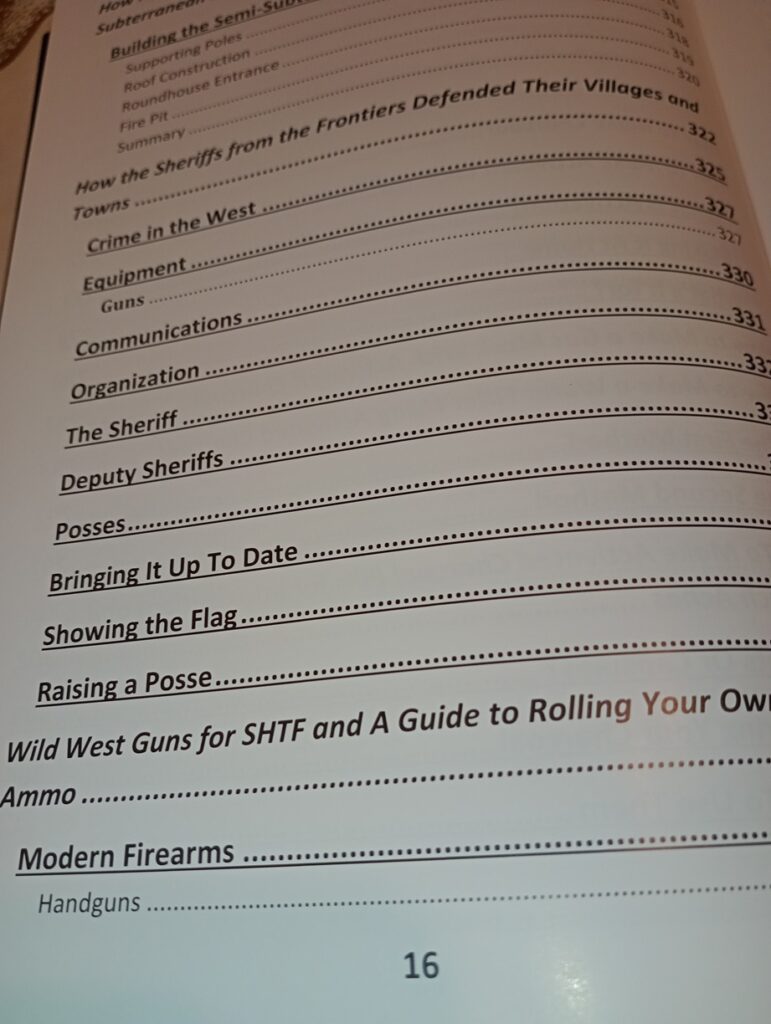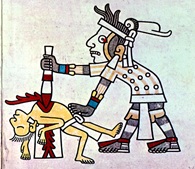A name that was both revered and reviled; his concern for his men earned him the moniker “Uncle Billy”, while his “hard hand of war” tactics brought condemnation and scorn.
In a year of campaigning beginning May 1, 1864 ending April 26, 1865, Sherman and his Army severely reduced the Confederate States ability to wage war. A strong naval blockade limited what foreign trade the south could muster thereby driving a thriving war oriented cottage industry that was the main support of Confederate resistance.
By destroying the industrial, commercial, agricultural, and transportation systems the heart of the rebellion’s support system was eroded. The psychological shock to the citizens of the south that the armed forces of the Confederacy could not protect them left them dismayed and frightened. “Uncle Billy” and his boys rendered to the heart of the south “the hard hand of war”.
Major General William Tecumseh Sherman began his campaign near Chattanooga, Tennessee probing and pushing slowly into Georgia. Avoiding frontal attacks on strong points utilizing flanking maneuvers Sherman relentlessly advanced into Georgia, destroying military supplies and objectives, all the while displacing a civilian population; driving the displaced before his advancing army.


Sherman would first confront CSA General Joseph E. Johnston, a cautious but efficient officer only to be replaced by a daring Lt. General John Bell Hood. Hood’s often reckless nature had costly results in a number of engagements with Sherman’s vastly superior force. When Hood’s supply line was severed it forced General Hood to destroy supplies and ammunition as he vacated the city of Atlanta on September 1, 1864.
Atlanta Mayor James M. Calhoun surrendered the city to Union Forces September 2, asking for “protection to non-combatants and private property”.

September 4th, Special Field Orders No. 64 was issued ordering the occupation of Atlanta and an inventory of all buildings, warehouses and sites of industry, agriculture and commerce that supported in any way the ongoing war.
September 8, 1864 Sherman’s Field Order No. 67 stated that the city of Atlanta was to be evacuated by all civilian inhabitants. Sherman informed the Mayor that he intended to burn all public buildings and all trappings capable of aiding continuance of the war.
Mayor Calhoun posted a Notice to Atlanta residents that they could take personal slaves with them, so long as the slave and they chose to go south, General Hood was ready to accept them. For those choosing to go north the Union Army would protect them.
September 11, the Mayor and two city officials ask that the evacuation order be rescinded stating it would cause great hardship for the residents. The majority of residents were women and children, many of the women were in advanced stages of pregnancy and it would be disastrous for these souls to be forced to leave. If forced, those going south would be entering an area already burdened with refugees fleeing Sherman’s Army. With winter coming on it would only exacerbate an already dire situation. They further pleaded that this would be the first mass evacuation in the history of the US; that innocent civilians were being punished for the war.
September 12, Sherman’s reply was not only long, but very articulate in his rebuttal to the city officials’ letter. In his refusal to rescind his evacuation orders he speaks to the main issue, that he is committed to ending the war. That he must act in whatever manner will best shorten the war. The destruction of Atlanta’s ability to supply the Confederates with the means to wage war was necessary to that end. He makes clear that there can be no settlement or agreement that rents the nation asunder, that the Union must be maintained at all costs.
Sherman summarized his intentions with this statement. “We do not want your negroes, or your horses, or your houses, or your lands, or any thing that you have, but we do want and will have a just obedience to the laws of the United States. That we will have, and, if it involves the destruction of your improvements, we cannot help it”.
President Lincoln issued General Order No. 100, April 24, 1863; called the “Lieber Code” it codified the rules of conduct for the Union Army.

It defined Martial Law and its application; Military Jurisdiction and its coordination with civilian government; Allowed for the Destruction of Military and Civilian installations that contributed to the means to wage war; the Confiscation of food stuffs; Codified treatment of spies, saboteurs and guerilla insurgents, torture, the treatment of prisoners of war and “Article 17”, that codified the starving of civilian belligerents if it shortened the war.
Sherman would utilize the code and its harsher attributes beginning with Atlanta and continuing until the end of the Carolinas Campaign. Although harsh, the code stressed the tenant that harsh treatment must contribute to the shortening of the war. Sherman was determined that his actions bring the insurgency to an end.
When General Hood vacated Atlanta he destroyed an entire area around the marshalling yards where several munitions cars were sidelined when he set fire to the train. In the two months Union forces spent in the Atlanta area engineers marked all the buildings, military installations, food stuffs and commerce that allowed the Confederate Army to continue the fight. The final act by the Union Army in Atlanta was to destroy everything that had any benefit to the enemy.
In October, General Hood tried to lure Sherman into a running battle north towards Chattanooga; instead Sherman assigned Major General George H. Thomas to deal with Hood while he prepared to begin his “March to the Sea”. General Sherman studied the 1860 census crop and livestock production numbers to determine the best route for his foraging army. By abandoning his supply line the need to forage to feed his army became paramount; to that end he issued Special Field Order No. 120 to his troops prior to their departure from Atlanta.
Special Field Order No. 120: Headquarters Military Division of the Mississippi,
In the Field, Kinston, Georgia, November 9, 1864
I. For the purpose of military operations, this army is divided into two wings viz: The right wing, Maj. Gen. O. O. Howard commanding, composed of the Fifteenth and Seventeenth Corps; the left wing, Maj. Gen. H. W. Slocum commanding, composed of the Fourteenth and Twentieth Corps.
II. The habitual order of march will be, wherever practicable, by four roads, as nearly parallel as possible, and converging at points hereafter to be indicated in orders. The cavalry, Brigadier General Kilpatrick commanding, will receive special orders from the commander-in-chief.
III. There will be no general train of supplies, but each corps will have its ammunition-train and provision-train, distributed habitually as follows: Behind each regiment should follow one wagon and one ambulance; behind each brigade should follow a due proportion of ammunition-wagons, provision-wagons, and ambulances. In case of danger, each corps commander should change this order of march, by having his advance and rear brigades unencumbered by wheels. The separate columns will start habitually at 7 a.m., and make about fifteen miles a day, unless otherwise fixed in orders.
IV. The Army will forage liberally on the country during the march. To this end, each brigade commander will organize a good and sufficient foraging party, under the command of one or more discreet officers, who will gather, near the route traveled, corn or forage of any kind, meat of any kind, vegetables, corn-meal. Or whatever is needed by the command, aiming at all times to keep in the wagons at least ten day’s provisions for the command and three days’ forage. Soldiers must not enter the dwellings of the inhabitants, or commit any trespass, but during a halt or a camp they may be permitted to gather turnips, potatoes, and other vegetables, and to drive in stock of their camp. Regular foraging parties must be instructed in the gathering of provisions and forage at any distance from the road traveled.
V. To the corps commanders alone is entrusted the power to destroy mills, houses, cotton-gins, &c., and for them this general principle is laid down: In districts and neighborhoods where the army is unmolested no destruction of such property should be permitted; but should guerillas or bushwhackers molest our march, or should the inhabitants burn bridges, obstruct roads, or otherwise manifest local hostility, then army commanders should order and enforce a devastation more or less relentless according to the measure of such hostility.
VI. As for horses, mules, wagons, &c., belonging to the inhabitants, the cavalry and artillery may appropriate freely and without limit, discriminating, however, between the rich, who are usually more hostile, and the poor or industrious, usually neutral or friendly. Foraging parties may also use mules or horses to replace the jaded animals of their trains, or to serve as pack-mules for the regiments or bridges. In all foraging, of whatever kind, the parties engaged will refrain from abusive or threatening language, and may, where the command thinks proper, give written certificates of the facts, but no receipts, and they will endeavor to leave with each family a reasonable portion of their maintenance.
VII. Negroes who are able-bodied and can be of service to the several columns may be taken along, but each army commander will bear in mind that the question of supplies is a very important one and that his first duty is to see them who bear arms.
November 15, 1864 Sherman’s “March to the Sea” began…
”We rode out of Atlanta on the Decatur road… Behind us lay Atlanta, smouldering and in ruins.” William T. Sherman, Memoirs of General W. T. Sherman
Orlando Metcalfe Poe caught the attention of Sherman and became the General’s chief engineer. It was his job to destroy all war oriented businesses, buildings and holdings and supervised the burning of Atlanta. He objected vehemently about rogue soldiers burning homes and buildings not on his authorized inventory of buildings to be razed; these unauthorized actions contributed to the overall level of destruction to Atlanta.

Poe’s engineering and organizational skills were essential as the army made its way across the Georgia landscape with its rivers, creeks and swamps. Without the strong leadership exhibited by Poe, and the efforts of the units designated to bridge, road and pontoon construction, the march might have bogged down in the near road less terrain. Sherman would claim his engineer was indispensable as the Army made its way across Georgia.
Despite contending with Confederate Troops in front of him and Confederate Cavalry in his rear, Sherman’s march destroyed 300 miles of railroad along with miles of telegraph and countless bridges. Railroad rails were heated and bent around trees, called appropriately “Sherman’s Neck Ties”. 13,000 head of cattle, 5,000 horses and 4,000 mules were confiscated; and over 4.7 tons of corn, nearly 6 tons of fodder. The Union troops would cut a swath 20 to 60 miles wide, the devastation was not contained to military and economic installations as mills of all sorts and numerous plantation homes were burned. The overt hostility exhibited by the more affluent populace often brought heavy-handed treatment. Sherman estimated the damage to be over $100 million to Georgia’s economy.

The morning of December 9, 1864 stands out as one of the most egregious actions of the Savannah campaign when Brigadier General Jefferson C. Davis ordered a pontoon bridge severed as the last of his command crossed Ebenezer Creek stranding many freed slaves who had attached themselves to the Army. In the confusion, many of the slaves drowned as they tried to cross the creek, many more were captured by Confederate Forces. Roundly criticized for his actions, he maintained that it was militarily necessary and was supported in his decision by General Sherman.
Arriving on the outskirts of Savannah December 10, Sherman found Lt. General Hardee and 10,000 Confederate troops arrayed around the city and the rice fields all flooded, leaving only narrow causeways into the city. Determined to succeed, Sherman dispatched elements of General Howard’s army to take Fort McAllister. A short but hot battle lasting but 15 minutes allowed Sherman’s army to be resupplied by the Navy and bring siege guns to bear on Savannah. On December 17 he sent the following message to General Hardee:
“I have already received guns that can cast heavy and destructive shot as far as the heart of your city; also, I Have for some days held and controlled every avenue by which the people and garrison of Savannah can be supplied, and I am therefore justified in demanding the surrender of the city of Savannah, and its dependent forts, and shall wait a reasonable time for your answer, before opening with heavy ordnance. Should you entertain the proposition, I am prepared to grant liberal terms to the inhabitants and garrison; but should I be forced to resort to assault, or the slower and surer process of starvation, I shall feel justified in resorting to the harshest measures, and shall make little effort to restrain my army—burning to avenge the national wrong which they attach to Savannah and other large cities which have been so prominent in dragging our country into civil war”. William T. Sherman, Message to William J. Hardee, December 17, 1864.
General Hardee would lead his troops out of the defenses by way of a pontoon bridge across the Savannah River leaving the city to surrender to Sherman’s forces December 20, 1864.
The town went undisturbed as Sherman rested his men, and resupplied them. In conversations with Lt. General Grant, Sherman convinced Grant that he could do as he did in Georgia and march north through the Carolinas destroying everything that had military value and driving home the reality of defeat to the people of South Carolina. Grant assented to Sherman’s bold plan and Sherman began toward Columbia, South Carolina in late January, 1865.
Confederate forces contested the Union Army as it crossed the Salkehatchie River February 3, delaying Sherman’s advance one day. The city of Columbia was surrendered to Sherman’s forces February 17, 1865. The next day Union forces destroyed everything that had any military value; fires were started as part of the destruction but wind driven flames consumed most of the city of Columbia.

Sherman continued his “hard hand of war” as he pushed north through South Carolina continuing into North Carolina. In a three day battle March 19 – 21 Sherman’s forces defeated General Johnston’s forces. April 18, Johnston and Sherman agreed to an armistice. The terms of the agreement were overturned and Johnston signed a surrender of all Confederate forces in the Carolinas, Georgia and Florida April 26, 1865.
Sherman believed that the Union must survive, that hard war was needed in order to stop the war. To that end he waged war using the harsh tactics knowing that the psychological shock would force the populace to reconsider the continuation of a war that was already lost.
The disparity between the economic realities was stark, the north became stronger as the war went on whereas the Confederacy could not replace the consumed supplies as fast as their army used them. The lack of manufacturing on an industrial scale was sparse and a naval blockade that choked foreign trade further eroded the Confederacy’s ability to wage war.
That Sherman’s campaigns shortened the war is a given. Were they moral and ethical? I cannot justify applying today’s morals and ethics to historical fact. That some of the tactics used were harsh is undeniable. The fact they shortened the war also is undeniable. Sherman stated from the beginning his aim was to shorten the war. To that end he applied the “Hard Hand of War” to a stubborn and defiant foe; his success in doing so is also undeniable.
WM 2018
Editor’s Note: This was supposed to publish yesterday on the Anniversary of the surrender at Appomattox Courthouse. For whatever reason, it did not. As Managing Editor, it is my responsibility to ensure things go off as they are supposed to. This is my mea culpa. I apologize and will endeavor to do better in the future.








